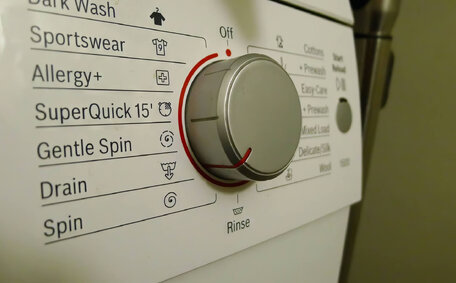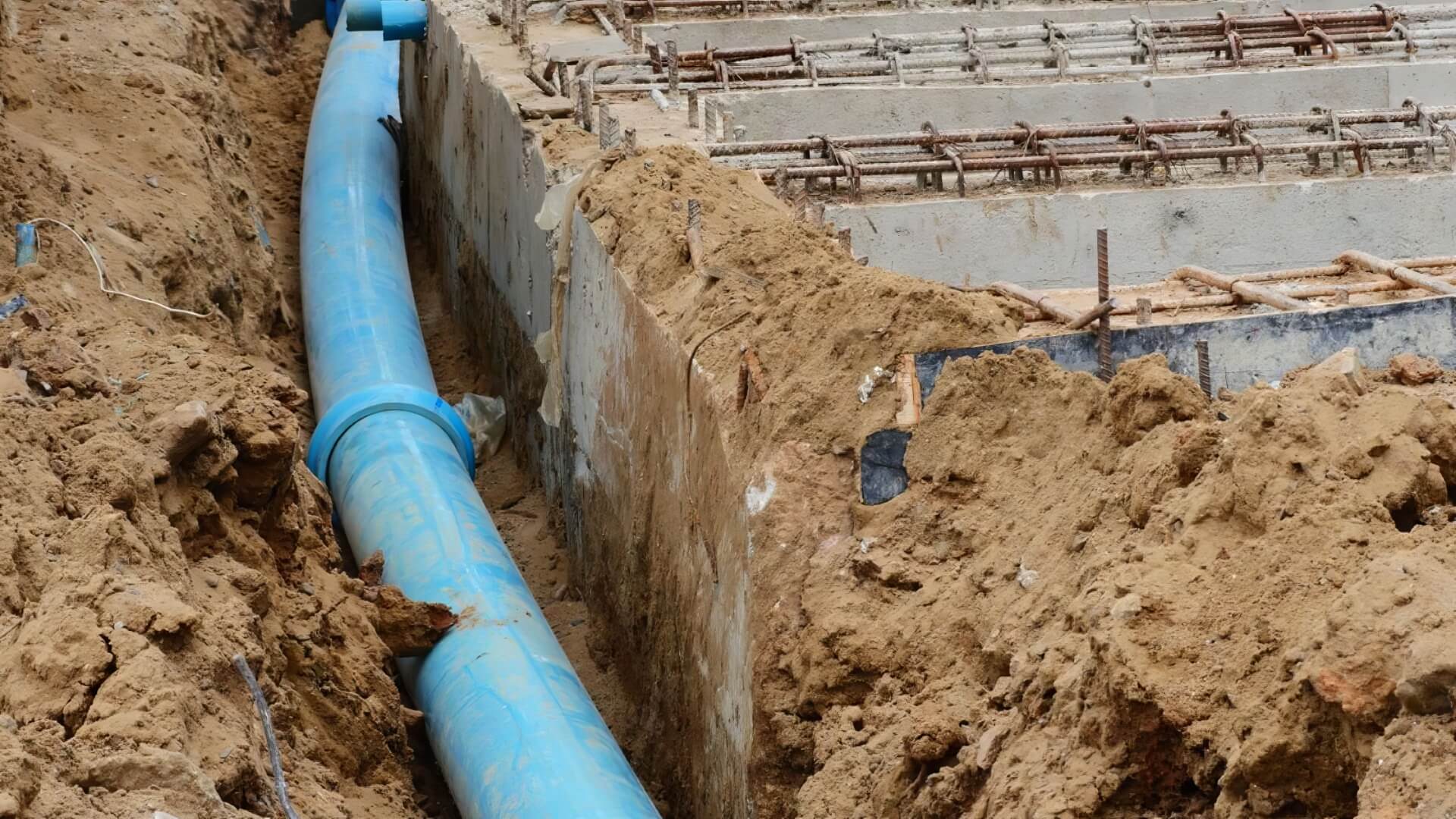Advancements in Gas Appliance Technologies
Gas appliances have come a long way in recent years in efficiency, smart connectivity, and user-centric features. There has been a noticeable shift from traditional gas appliances to more modern technologies that offer enhanced functionality and environmental benefits.
Newer gas appliances can use advanced controls, sensors, and connectivity that allows them to integrate with home automation systems and adjust performance in real-time based on usage patterns. Contemporary models boast digital displays and self-diagnostics, and are remotely controllable via mobile applications.
Manufacturers are exploring options where energy for gas appliances can be sourced from renewables, with biogas and hydrogen blends, marking transitional strides towards net-zero emissions.
As gas appliances evolve to become smarter, more efficient, and compatible with renewable fuels, they are likely to remain relevant in the Australian energy market, with many homes and businesses focused on energy savings and environmental sustainability for years to come.
Evolution of Gas Appliances and Energy Efficiency Improvements
Gas appliances for heating hot water have been used in homes since the early 19th century when natural gas systems first became available in cities. The refinement of gas appliance technology began in 1825 when James Sharp patented a gas stove design, leading to significant advancements over the years.
Historically, many Australian homes, including new constructions, quickly adopted gas stoves after the first gasworks opened in Sydney in 1841. Early adoption of induction cooktop technology in hot water cooking provided a cleaner alternative to wood or coal stoves.
Over time, manufacturers have improved the energy rating by optimising gas stove efficiency through incremental design improvements in burners and ovens.
Contemporary appliances boast sustainability advancements that make them markedly different from their early predecessors. Condensing tankless water heaters and high-efficiency gas furnaces now capture heat that was previously wasted, while also reducing harmful emissions like nitrogen dioxide, and channel it effectively into your home, using 15-30% less energy than standard models from two decades ago.
Switching from energy-intensive pilot lights to integrated electronic ignition systems, including reverse cycle units, provides further efficiency boosts in modern appliances. Technological enhancements such as zoned heating, modulating burners, and integrated diagnostics further maximise hot water heating efficiency and energy savings.
Transition from Natural Gas to Renewable Gas Solutions
Motivated by investments in carbon capture, the gas industry is progressing towards net-zero greenhouse gas emissions by 2050. This involves transitioning from traditional fossil fuels like natural gas, which emits carbon dioxide when burned, to renewable energy solutions like biomethane and green hydrogen for electric appliances, rather than continuing with high-emission sources.
All-electric homes are emerging as a sustainable solution, replicating natural gas benefits sans emissions. Biomethane is a near carbon-neutral gas captured from organic waste and sewage. Green hydrogen is created by splitting water using a combination of rooftop solar, wind power, and other renewable electricity sources, resulting in a fuel with zero emissions.
Initiatives led by the ACT and Victorian governments are steering Australia towards a future of 100% renewable gas, starting with blends of 10% in our networks.
Incremental upgrades may enable Australia to reach 100% renewable gas, thus contributing to the 2050 net zero emission target.
The transition to renewable gases includes strategies like switching off gas when it’s not needed, allowing households to continue using convenient gas appliances while actively contributing to crucial climate change mitigation efforts. This interim solution circumvents the costs and disruptions of electrifying gas networks and upgrading appliances and infrastructure.
Hydrogen Integration into Existing Gas Networks
The interest in integrating green hydrogen into current natural gas systems is increasing, as part of transitioning to net-zero emissions. Produced by using renewable electricity to split water, green hydrogen serves as a clean alternative to natural gas.
Many existing gas appliances, akin to solar panels in the renewable energy sector, can already tolerate hydrogen blends up to 10-20% without modification. Further technological advances could enable appliances to operate on 100% hydrogen% hydrogen to completely decarbonize gas networks.
Hydrogen integration trials by gas networks around the world have shown promising results in terms of safety, performance for appliances, and potential emission reductions.
Escalating renewable hydrogen production to fully replace natural gas poses significant cost and infrastructure hurdles. Using hydrogen as a transitional off gas solution allows households to continue benefiting from gas appliances while supporting decarbonization goals.
With further hydrogen integration compatible designs, gas appliances are well-positioned to play a key role in sustainable energy solutions for homes and businesses focused on reducing emissions.
Further technological advances could enable appliances to operate on 100% hydrogend and Smart Gas Appliances
Gas appliances are increasingly integrating internet-of-things (IoT) technologies and smart capabilities that allow for greater connectivity, control, and energy efficiency.
- Remote app control for adjusting appliance settings
- Usage tracking to improve efficiency
- Predictive maintenance alerts to reduce downtime
- Enhanced health safety measures and indoor air quality through gas leak monitoring
- Integration with smart home platforms
As gas appliances become more intelligent and linked to the internet-of-things, they gain capabilities to support savings on energy bills while improving insight and control for homeowners.
Monitoring and Controlling Gas Appliances Remotely
Modern gas appliances increasingly offer remote monitoring and control capabilities through internet-connected apps and smart home platforms. This allows users to adjust settings, track usage, receive notifications, and ensure optimal performance from anywhere via their smartphone or tablet.
Key features available when controlling gas appliances remotely include:
- Adjusting heating, hot water, and cooking temperatures on gas heaters, space heaters, and cooktops
- Turning gas hot water systems and other appliances on or ensuring they are turned off when not in use
- Monitoring real-time fuel consumption
- Receiving predictive maintenance alerts
- Getting notified of potential gas leaks or other safety issues
remote connectivity provides significant convenience and personalised settings for better management of your gas account. It allows vacation homeowners to ensure their water heater maintains temperature, supports predictive maintenance to minimise downtime, and gives peace of mind through gas leak and usage monitoring.
As smart controls and internet-of-things integration become more prevalent across home appliances, maintenance of gas connections for gas appliances is keeping pace. utilising these technologies can boost energy efficiency, safety, and understanding, enabling households to more effectively manage gas consumption in line with their environmental or financial objectives.
Integrating Gas Appliances into Smart Home Systems
Modern gas appliances can integrate seamlessly into smart home platforms, allowing comprehensive monitoring and control alongside other internet-connected devices.
Linking gas and electric appliances like gas water heaters, cooktops, and space heaters into an existing home automation system provides advantages such as:
- Centralised control of appliances through smart devices or voice assistants
- Insights into real-time and historical gas usage to optimise efficiency
- Ability to set schedules, triggers and modes based on usage patterns
- Notifications for potential issues detected through anomaly tracking
To incorporate their gas appliances, homeowners typically need a smart home hub and compatibility bridge hardware to connect appliances to the internet. Many major brands now offer native connectivity or modules to enable remote functionality.
As more household items become smart device capable, gas appliances are joining the ecosystem. Tight integration unlocks more ways to conserve energy, identify issues early, and simplify management through sophisticated automation tools.
\ - Centralised control of appliances through smart devices or voice assistants
\ - Insights into real-time and historical gas usage to optimise efficiency
\ - Ability to set schedules, triggers and modes based on usage patterns
\ - Notifications for potential issues detected through anomaly tracking
\
To incorporate their gas appliances, homeowners typically need a smart home hub and compatibility bridge hardware to connect appliances to the internet. Many major brands now offer native connnge of enhanced capabilities compared to traditional models. They feature wi-fi connectivity, advanced sensors, automated controls, self-diagnostics, and mobile app integration for superior manageability.
Real-time tracking of fuel consumption and anomaliesIntegrate with smart home platforms and voice assistantsSelf-adjustment based on usage patterns and environmental conditionsPredictive maintenance alerts to minimise downtimeEnhanced safety features such as gas leak alertsThese intelligent functionalities can save households money on energy costs by better managing gas usage with advanced heat pump hot water systems, while also reducing environmental impact. Integrating these modern technologies ensures gas remains a viable, sustainable option alongside electrical alternatives in smart homes pursuing efficiency gains.
Conclusion: The Sustainable Future of Gas Appliances
Advances in gas appliance technologies enhance energy sustainability through improved efficiency, intelligence, and connectivity. The integration of renewable gases and hydrogen into existing gas infrastructure provides a pathway to reduce emissions from gas use while allowing households to continue benefiting from trusted appliances.
By investing in innovative gas appliances and renewable fuel solutions, the gas industry aims to deliver convenience, affordability and functionality to gas customers while progressing towards ambitious decarbonization goals. Seamless smart home integration and intelligent efficiency optimisation also empower homeowners to better understand and minimise their energy usage.
With continual evolution towards greater cleanliness, intelligence, and efficiency, gas appliances are poised to remain a preferred option for many Australian households, harmonising sustainability with cost-efficiency and dependability. Upgrading to modern options can reduce environmental impact without sacrificing convenience or performance.
Discover how the latest sustainable gas appliance advancements support Australia’s transition from fossil fuels by speaking with our team at St Marys Plumbing. Our gas specialists can provide advice on the latest energy-efficient models and renewable gas solutions to help future-proof your home.
Advances in gas appliance technologies enhance energy sustainability through improved efficiency, intelligence, and connectivity.






